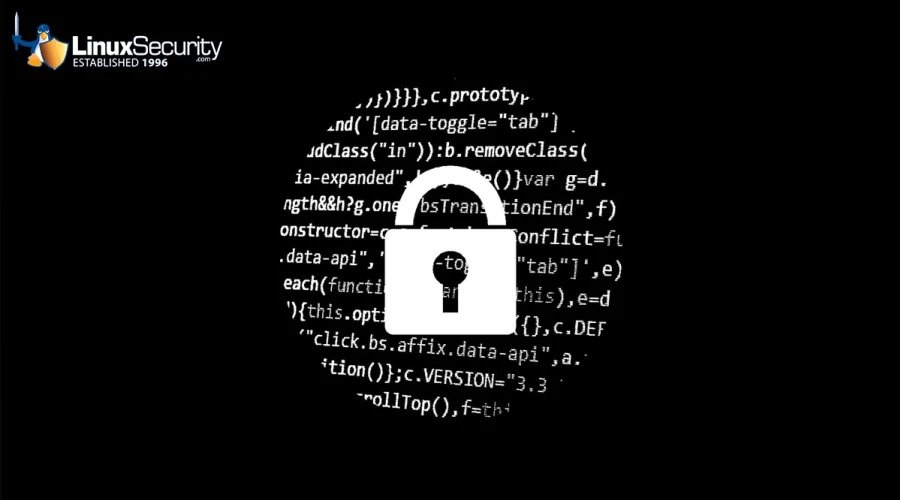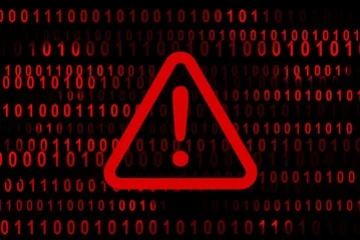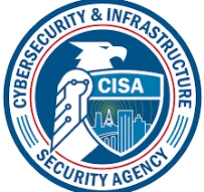CISA Sounds Alarm on Newly Exploited Vulnerabilities: Is Your System at Risk?

CISA regularly publishes updates regarding vulnerabilities that present severe threats to global cybersecurity. Recently, CISA added three vulnerabilities that pose immediate and critical threats to its Known Exploited Vulnerabilities Catalog due to active exploitation in the wild.
These vulnerabilities may cause remote code execution and privilege escalation attacks, resulting in data breaches and full system compromise. In this article, we'll examine these vulnerabilities, their impacts, affected products, patches released for mitigation, and practical mitigation strategies administrators can implement to secure their systems from these threats.
Vulnerability 1: ImageMagick Improper Input Validation (CVE-2016-3714)
Description
ImageMagick, a widely used open-source image processing library, contains an improper input validation vulnerability that affects multiple coders, including EPHEMERAL, HTTPS, MVG, MSL, TEXT, SHOW, WIN, and PLT. This flaw allows a remote attacker to execute arbitrary code by crafting an image with malicious shell metacharacters.
Impact
This vulnerability has a severe impact, as it allows for arbitrary code execution. This can result in a full system compromise, where attackers can execute unauthorized commands, possibly leading to data breaches, service disruptions, and unauthorized resource access.
Affected Products
This vulnerability affects all products that utilize the ImageMagick library without proper input validation controls. This includes many web applications, content management systems, and other services that rely on image processing.
Patches and Fixes
 CISA advises organizations to apply the mitigations per the vendor's instructions or discontinue using the affected product if no mitigation is available. ImageMagick has been updated to fix this vulnerability, and users are encouraged to update to the latest version.
CISA advises organizations to apply the mitigations per the vendor's instructions or discontinue using the affected product if no mitigation is available. ImageMagick has been updated to fix this vulnerability, and users are encouraged to update to the latest version.
Mitigation strategies include:
- Immediate Updates: Ensure all instances of ImageMagick are updated to the latest secure version.
- Input Validation: Implement strict input validation to sanitize and filter incoming data.
- Network Monitoring: Monitor network traffic for signs of suspicious image files being uploaded.
Vulnerability 2: Linux Kernel PIE Stack Buffer Corruption (CVE-2017-1000253)
Description
The Linux kernel is affected by a position-independent executable (PIE) stack buffer corruption vulnerability in the load_elf_binary function. This vulnerability allows a local attacker to escalate privileges, posing significant risks, especially when used in ransomware campaigns.
Impact
This vulnerability can lead to privilege escalation, where attackers gain higher-level permissions within the system. In the worst-case scenario, this could lead to total system control by unauthorized users, potentially facilitating data theft, system manipulation, and further exploitation.
Affected Products
The vulnerability affects various versions of the Linux kernel, particularly those that include the load_elf_binary function.
Patches and Fixes
 Patched Linux kernel versions are available, and users must upgrade immediately.
Patched Linux kernel versions are available, and users must upgrade immediately.
Strategies for mitigating risk include:
- Kernel Update: Regularly update the Linux kernel to the latest stable version.
- Access Controls: Implement strict access controls to limit the potential for local exploitations.
- System Monitoring: Use security tools to monitor for suspicious activity indicative of privilege escalation attempts.
Vulnerability 3: SonicWall SonicOS Improper Access Control (CVE-2024-40766)
Description
SonicWall SonicOS, a firewall solution, contains an improper access control vulnerability that can lead to unauthorized resource access. This flaw may also cause the firewall to crash in specific conditions, disrupting network security.
Impact
This vulnerability significantly impacts network security, potentially allowing unauthorized access to network resources and causing Denial-of-Service (DoS) conditions. Unauthorized users could manipulate firewall settings, opening the network to further attacks.
Affected Products
The flaw affects SonicWall Firewall Gen 5, Gen 6, and Gen 7 devices running SonicOS 7.0.1-5035 and older versions.
Patches and Fixes
SonicWall recommends updating to the latest version of SonicOS to mitigate this vulnerability. CISA echoes this recommendation, emphasizing the importance of applying vendor-provided patches.
Mitigation strategies include:
- Firmware Updates: Immediately apply the latest firmware updates provided by SonicWall.
- Access Control Review: Regularly review and update access controls on firewall devices.
- Redundancy Planning: Establish and maintain contingency plans to handle potential firewall outages.
Practical Mitigation Strategies for Administrators
CISA's warnings urgently call organizations to prioritize cybersecurity measures. Their inclusion of these bugs in their Known Exploited Vulnerabilities Catalog underlines their severe nature and highlights the need for urgent remedia tion. Practical strategies admin can implement to secure their systems against these actively exploded flaws include:
tion. Practical strategies admin can implement to secure their systems against these actively exploded flaws include:
- Determine and Inventory Affected Products: Conduct a complete audit and inventory to locate all affected products within your environment.
- Apply Patches and Mitigations: Please follow your distro's instructions to apply patches or upgrade to newer versions of affected software as quickly as possible.
- Discontinue Use If Needed: If patches or mitigation measures are unavailable, discontinue using the affected product to prevent exploitation.
- Monitor for Signs of Exploitation: Implement reliable monitoring solutions to detect signs of compromise or any unusual activities within your network.
- Preparedness for Incident Response: Ensure that incident response plans are in place and that your team can quickly react to potential breaches.
Our Final Thoughts on Protecting Against These Bugs
By taking proactive steps to address their vulnerabilities, organizations can dramatically lower their susceptibility to cyberattacks. Two crucial steps are remaining informed through CISA advisories and promptly applying vendor patches and mitigations. Regular reviews and updates of security measures, monitoring for suspicious activity, and maintaining incident response readiness will further fortify defenses against these vulnerabilities and others.
CISA warns that swift action is critical in safeguarding systems against active exploitation in the wild. By employing practical mitigation strategies quickly, administrators can better protect themselves against active threats in real time.

















![New Thunderbird, Firefox Vulns Threaten Sensitive Data, System Availability [Updated] New Thunderbird, Firefox Vulns Threaten Sensitive Data, System Availability [Updated]](/images/articles/1200x667/9.EmailServers_AtSign-esm-w300.jpg)
